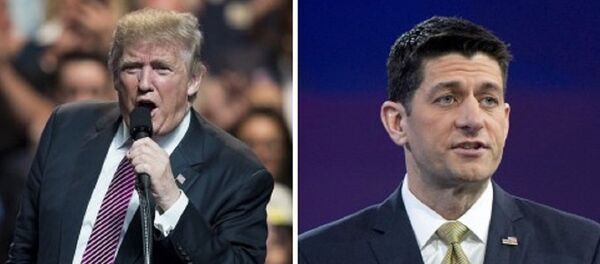"This estimate shows smaller savings over the next 10 years than the estimate the CBO issued on March 13," the CBO said.
According to both versions of the analysis, 14 million people would go uninsured by 2018 under House Speaker Paul Ryan’s and US President Donald Trump’s health bill, which was scheduled to be voted on by the US House of Representatives on Thursday, but postponed.
"There is plan A and plan A," White House Press Secretary Sean Spicer said Thursday, indicating that the White House has no back up plan if the AHCA fails in the House vote, now scheduled to take place Friday.
"Fourteen million more people would be uninsured under the legislation than under current law,” the CBO forecasted. Coverage would continue to fall into the 2020s, the report adds, and an estimated "52 million people would under age 65 would be uninsured" in 2026, "compared with 28 million who would lack insurance that year under current law."
Further, the legislation fails in one of its most basic goals: reducing premiums for consumers.
Ryan’s bill "would tend to increase premiums" in the individual market until 2020, according to the report.
"In 2018 and 2019," the CBO writes, average premiums for people in the individual market (also known as “the exchanges”), would rise "15 percent to 20 percent higher under the legislation than under current law."
Compared with the initial AHCA proposal, by incorporating the new amendments, the CBO projects that it would "save $186 billion less" over a 10-year-period.
The new bill is proposed as a replacement for the US Affordable Care Act of 2010, also known as Obamacare, which increased insurance coverage in the US by at least 20 million people.




